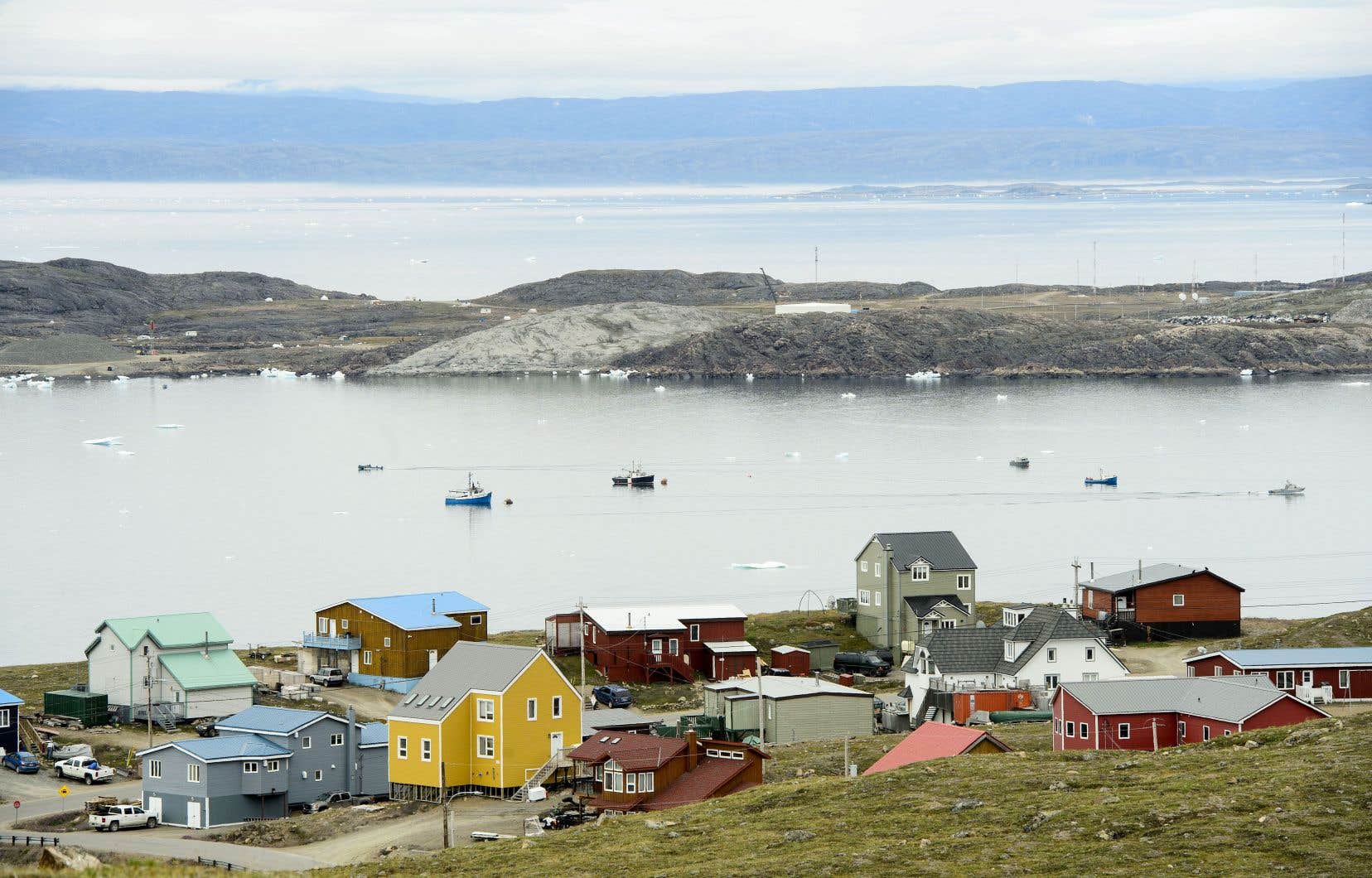In July 1983, The duty had been, under the pen by François Bellemare, the only French-language media to cover the third Inuit Circumpolar Conference, which was held in Iqaluit, in what is now Nunavut. four more decades late, he’s back on site to take the measure of the path taken. First of three texts.
In the capital of Nunavut, the Alianait d’Iqaluit festival is in full swing: with its varied program (visual arts, theatre, dance, circus, and above all music), this 18e edition is first and foremost — like the third Inuit Circumpolar Conference 40 years ago — a showcase for the regions of Inuit Nunangat (which could be translated as Inuitia): Greenland, Alaska and the Canadian Arctic. But what is new is its intercultural dimension: to traditional inspirations mixed with rock or country musical influences are now added African or West Indian rhythms.
Incongruous? More like a reflection of a new reality: ethnic diversity. In 1983, I had not met a single black person in Iqaluit; 40 years later, the population of African origin exceeds 400 people. Enough to celebrate Black History Month there last February! By adding newcomers from the West Indies, North Africa, Vietnam or the Middle East, the countries of the South are expanding the French-speaking community, formerly mainly of Quebec origin.
Its dynamism is emphasized to me by François Fortin, a Laval resident who has been living here for ten years: a daycare centre, elementary and secondary schools (housed together at the Trois-Soleils school), the Uiviit theater group, the newspaper THE Nunavuta radio station, as well as the Franco-Centre, a multifunctional space for the Franco-Nunavut community.
Dietitian from “South of the South”
People from the South settling in the North are more and more frequently coming from immigrant communities that first settled in the greater Montreal area, and whose path then took the Arctic route. This is the case of dietitian Madonna Achkar, of Syrian origin, who responded in 2017 to an offer from the Government of Nunavut. Based in Iqaluit as a clinical dietitian, she also covers other localities in the territory.
She directs me to The food guide from Nunavut, which advises against any industrial meat product (sausages, pâtés), but rather suggests the traditional consumption of fish and game meat. And communication in the patient’s language greatly improves clinical follow-up. “Some resources exist, such as the basic Inuktitut course offered by the employer. But to go further linguistically, I then had to take private lessons. »
Arabic-speaking, French-speaking, speaking Spanish, working in English and increasingly in Inuktitut, does the polyglot dietitian plan to settle there permanently, with her spouse from France? “As long as we’re happy, with motivating jobs and endless cross-country ski trails, we’ll stay here!” »
A language territory in rapid decline?
During the 1983 Conference, many hopes surrounded the project of creating a new territory beyond the tree line, carried out in 1999 using a division of the Northwest Territories. It was even announced as a new Greenland. And in fact, this territorial government inhabited 85% by Inuit is distinguished by several aspects.
Politically first: elected without partisan affiliation, the deputies appoint among themselves the members of the Council of Ministers. Still in the minority, the latter must lead a consensus government, with projects approved by the entire parliament. Next, demographically: Nunavut has a birth rate long gone from post-industrial societies: 2.6 children per woman—almost twice the Canadian average of 1.4. In four decades, the territory has thus doubled its population, the youngest in the country. No worries about an aging age pyramid! But strong pressure on the school system and the housing stock.
For 24 years, the slow increase in the number of Inuit graduates has been offset by the hiring of thousands of people from the South — from Quebec or English Canada, but increasingly from immigrant communities living in major Canadian cities. Which strengthens the status of English every year, for a long time lingua franca in the north. In Iqaluit, for example, where many mixed couples are formed, there has been a marked decline in Inuktitut as the language spoken at home, now by only 45% of households. And in all the localities of the territory, 12 to 15% of the Inuit no longer speak their language.
Even if many residents of Iqaluit who come from the South return after a few years, there is therefore on the horizon an increasingly multiracial Inuitia… generating a debate known everywhere else in the world: that of integration into the host society.
Asked by The duty, Nunavut Minister David Akeeagok immediately recognizes this. “We have put a lot of effort into developing services, and too little into promoting the language, at school or in the workplace — not to mention teaching newcomers, which has so far been unsuccessful. When the territory was founded in 1999, the promotion of Inuktitut was nevertheless a legal obligation of the government.
Lack of budget, teachers, teaching materials? Or simply lack of political will? “Issues of transport or accommodation remain priorities; but at the Council of Ministers, the language file is increasingly at the top of the pile. And he concludes, with a smirk: “It would take us a more resolute policy, like in Quebec! »
